- Joined
- Jan 7, 2009
- Messages
- 9,725
I will gladly put something under the diamond on my fingers- but it seems to me that fingers are very indicative of how a stone looks on your... well, finger.starrylight|1415539816|3780073 said:What's interesting to me, is that in the picture of Stone 2 on your hand, we don't see the typical type of leakage seen in other stones.
I've seen other professional posters (Wink?) recommend putting the stone on top of a brightly colored piece of paper, so that the buyer (or in this case the people involved in the thread) can mimic an idealscope and see where leakage is present in the stone.
Would you consider doing a bit more photography for us in the thread and doing the same?
Without a doubt you can't see my finger through the diamond- even where the aset indicates white.

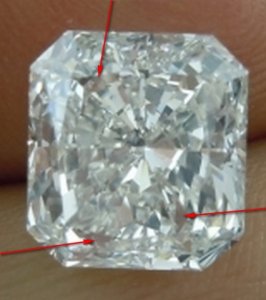
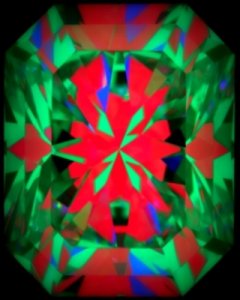
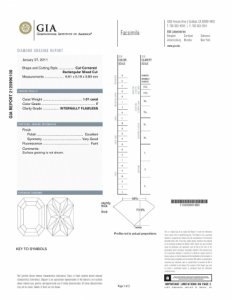
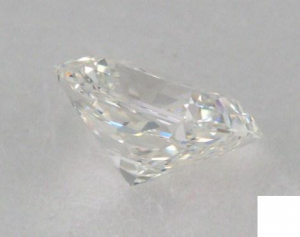
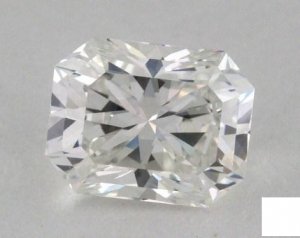
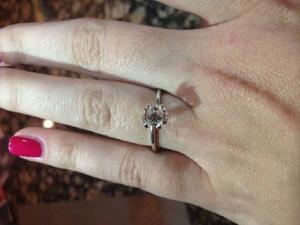
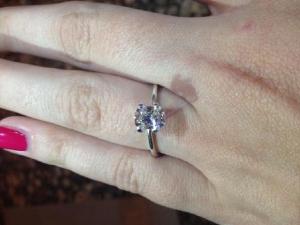
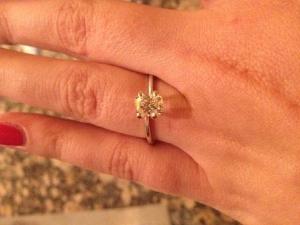


300x240.png)